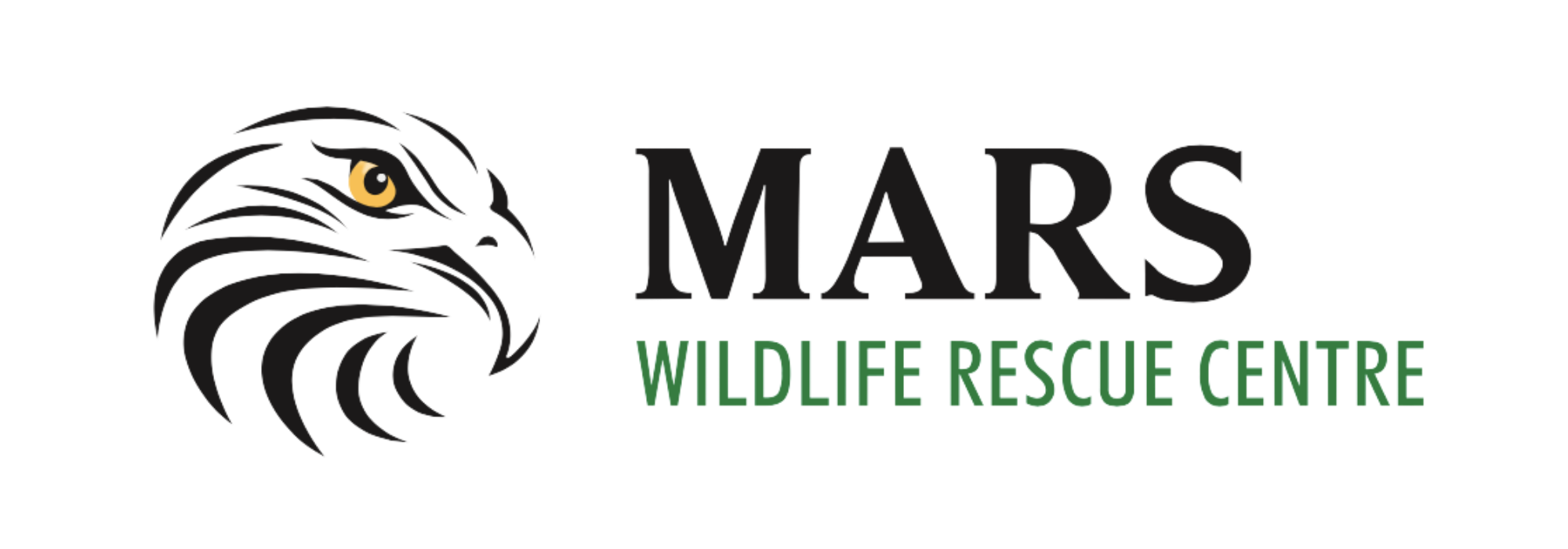Sandy Royer Photo
The Pacific Great Blue Heron is a familiar sight along Vancouver Island’s coastal areas. Most residents have heard its distinctive, and croaky, “frawnk” call as the heron takes flight after being disturbed. But, did you know that herons will sometimes abandon their nests if they are chased away from their food foraging areas too often?
Great Blue Herons eat a number of things. They may be in a field looking for small mammals like mice and voles. Or, in a wetland preying on an invasive species like the American Bullfrog. When walking or standing in shallow water along the shoreline, herons are primarily hunting for fish. The heron is a patient hunter, often waiting motionless for several minutes before moving at lightning speed to catch its prey.
As development and population increases, it becomes increasingly difficult for Great Blue Herons to find undisturbed foraging sites. As a result, their population is declining. Because of this sensitivity to human activity and natural events, Great Blue Herons have been placed on B.C.’s Blue List of vulnerable species.
Much work has been done over the past 25 years to protect heron nesting colonies. The nests and eggs of Great Blue Herons are protected by the British Columbia Wildlife Act. Nest trees are also protected year round on both public and private land with guidelines in place to help landowners avoid harming or disturbing herons.
However, more research is needed to learn about foraging areas or the herons’ “grocery store”. Recently MARS undertook a small citizen science project research project with volunteers and community partners to learn about what is happening with Great Blue Herons in our area. This project, funded by Shell Fuelling Change, set out to identify areas in the Comox Valley where herons most frequently forage and to identify potential nesting and roosting habitat close to these feeding areas.
Information about Great Blue Heron foraging was collected at eight locations between Oyster Bay and Royston. The largest number of herons was found in the tidal flats of the Courtenay River Estuary, emphasizing the importance of efforts to maintain healthy eelgrass meadows there. Eelgrass supports the fish populations that, in turn, provide food for herons.
There were fewer than expected herons near Goose Spit, Point Holmes and Kye Bay even though all of these sites are close to nesting colonies and what seen to be good foraging areas. However, these locations are also popular places for people to walk and for dogs to run, especially at low tide when herons are most likely to be foraging.
Most of us have no idea that when we disturb a heron, the impact of that disturbance has implications beyond the moment. If we did, we would leash our dogs and walk someplace else during important feeding periods. Herons have a limited selection of feeding sources but we usually have a number of choices about where to walk.
MARS has received funding from TD Friends of the Environment to develop signs and other educational information about the needs of herons and other shorebirds and the times of year they are most vulnerable to interference by humans and dogs. We would like to hear your suggestions, especially those with humour, for signs that might help get this message across.
